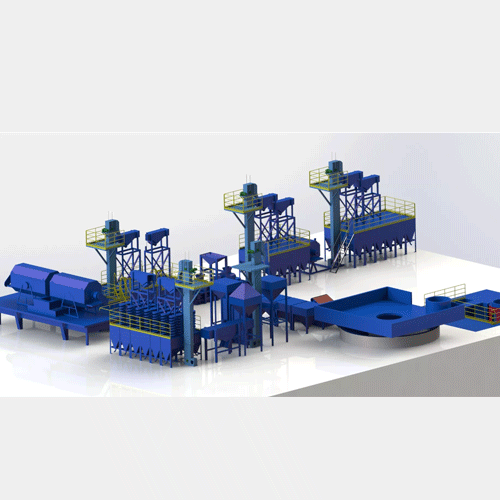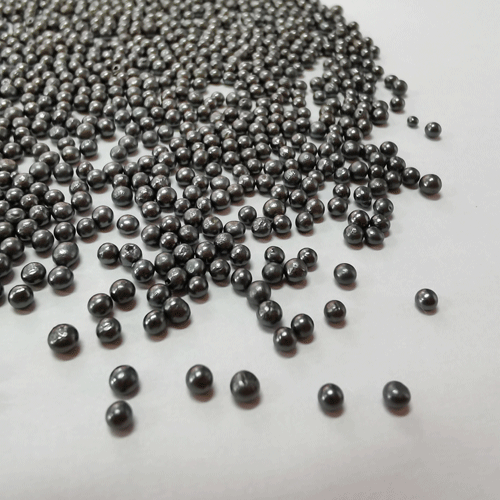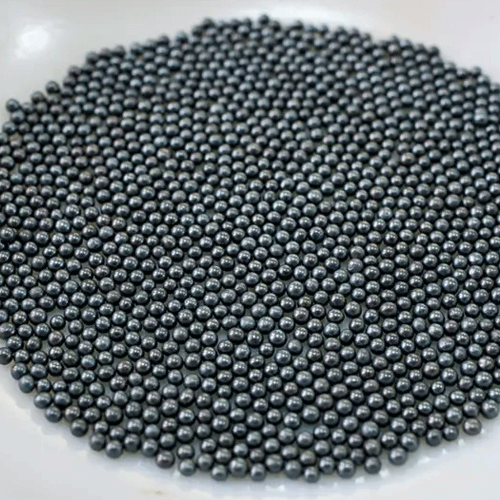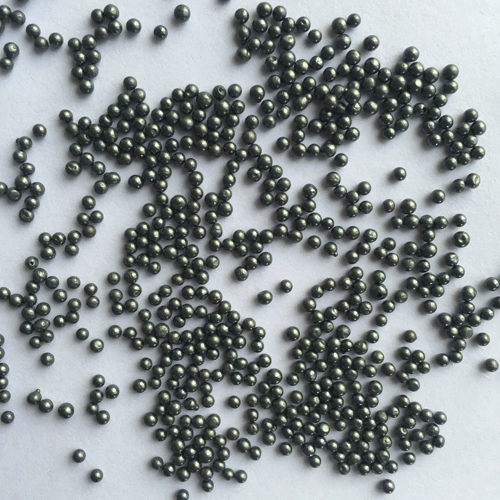1 Overview
Centrifugal casting is a casting method in which liquid metal is poured into a rotating mold so that the liquid metal fills the mold and solidifies under the action of centrifugal force.
In order to realize the above process, a centrifugal casting machine must be used to create conditions for the mold to rotate. According to the different spatial positions of the rotation axis of the casting mold, there are two commonly used types: vertical centrifugal casting machines and horizontal centrifugal casting machines.
crafting process:
Casting mold assembly - starting up - preheating the mold - coating - alloy rationing - pouring - boiling water cooling - casting out - cleaning the mold.
2. Centrifugal casting process
1) Selection of centrifugal casting speed
When choosing the rotation speed of a centrifugal mold, two main issues should be considered:
(1) The rotation speed of the centrifugal mold should at least ensure that the liquid metal can form a cylinder immediately after entering the mold and rotate around the axis;
(2) Make full use of the centrifugal force to ensure good internal quality of castings and avoid shrinkage cavities, shrinkage porosity, inclusions and pores in castings.
When using sand centrifugal casting, attention should also be paid to the fact that the liquid metal exerts too much centrifugal pressure on the mold wall, causing defects such as sand sticking and swelling in the casting.
2) Casting mold for centrifugal casting
There are two major categories of casting molds used in centrifugal casting, namely metallic molds and non-metallic molds. Non-metallic molds can be sand molds, shell molds, investment shell molds, etc. Because metal molds have a series of advantages in mass production and batch production, metal molds are widely used in centrifugal casting.
The metal molds on the horizontal cantilever centrifugal casting machine can be divided into single-layer metal molds and double-layer metal molds according to the structural characteristics of the main body.
In a single-metal mold, the mold wall is composed of one layer. The single-layer metal mold has a simple structure and is easy to operate. However, after it is damaged, a new mold needs to be made before production can begin. In this mold, only molds with a single outer diameter can be cast. casting. In a double-layer metal mold, the mold wall consists of two layers, and the casting is formed on the inner surface of the mold. Although the structure of the double-layer metal mold is complex, centrifugal castings with various outer diameter sizes can be cast by changing the working surface size of the inner mold. After long-term operation, the old mold can be used as a new mold by simply replacing the inner mold with a simpler structure.
3) Paint
During centrifugal casting of metal molds, it is often necessary to spray paint on the working surface of the metal mold. The requirements for coatings for centrifugal casting metal molds are the same as those for general metal mold casting. In order to prevent the castings from adhering to the metal mold and causing white spots in the cast iron parts, the coating layer on the centrifugal metal mold is sometimes thicker. Most coatings used in centrifugal casting use water as a carrier. Sometimes it is also used in solid coatings, such as graphite powder, to make castings easier to remove from the mold.
When spraying paint, attention should be paid to controlling the temperature of the metal mold. When producing large castings, if the heat of the mold itself is not enough to dry the paint, you can heat the mold in a heating furnace and maintain the working temperature of the mold while waiting for pouring. When producing small castings, especially when using a cantilever centrifugal casting machine, it is hoped that the heat of the mold itself will be used as much as possible to flood dry the paint and wait for pouring.
4) Pouring
During centrifugal casting, the pouring process has its own characteristics. First of all, because the inner surface of the casting is a free surface, and the thickness of the casting is controlled entirely by the amount of liquid metal poured, so when pouring in centrifugal casting, there are quantitative requirements for the metal being poured. higher. In addition, since pouring is performed while the mold is rotating, in order to eliminate metal splashing as much as possible, the direction of the metal entering the mold must be well controlled. The quantification of liquid metal includes gravimetric method, volumetric method and fixed free surface height (liquid metal thickness) method.
 Grinding Applications in the Automotive Industry
Grinding Applications in the Automotive Industry
 Tips and features for using shot blasting machine steel shots
Tips and features for using shot blasting machine steel shots
 Applications of low carbon steel shot
Applications of low carbon steel shot
 The influence of steel shot quality on cleaning effect
The influence of steel shot quality on cleaning effect